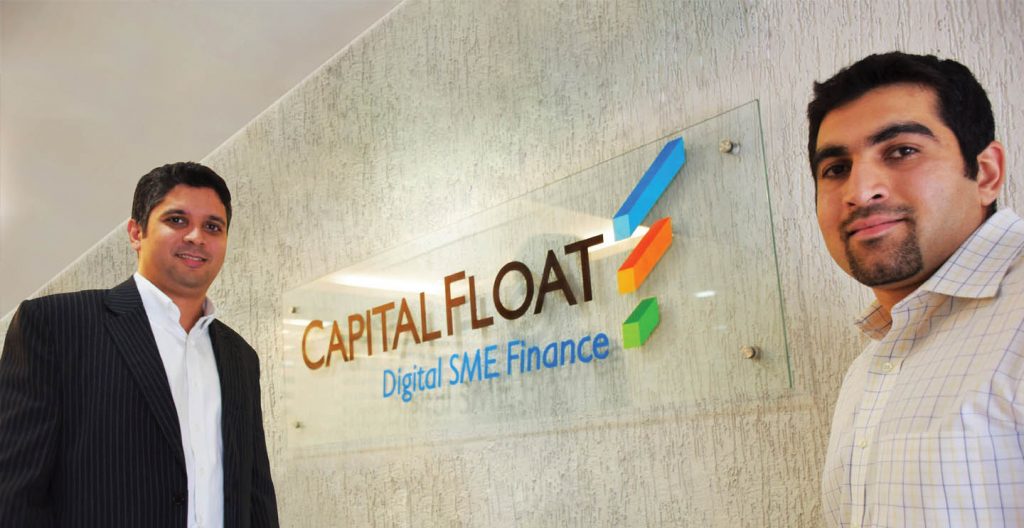
Digital lending firm Capital Float has recently announced that it has raised $45 million (around Rs 293 crores) in a series C round by Palo Alto based fintech investor Ribbit Capital,including existing investors SAIF Partners and Sequoia India.
The company last year raised a funding of $35 million from US-based investor Creation Investments in a Series B round.
The funds will be used to increase its geographic footprint, improve customer experience and launch a new set of innovative credit products for SMEs across India. It also plans to invest in scaling up its hybrid marketplace model and deepening technology integrations with partner financial institutions.
The latest round takes the total equity investment in the company to $87 million.
For Ribbit, this marks its third and largest investment in India’s financial services sector, besides Policy Bazaar (2014) and Zest Money and Money View (2015). It invested about $20 million in Capital Float as part of this round, which takes its total exposure in India to $40 million, partner Nick Shalek said.
“We see two major trends unfolding and Capital Float embodies both of them. There has been an enormous gap between supply and demand in credit in India, and second, Indian businesses and consumers, in our opinion, are looking for modern brands that serve them well online and on mobile,” said Shalek, in a conference call from California.
Capital Float is its major bet in the growing digital lending space.
“We have seen a significant growth since our last round of funding—4x in terms of our AUM and almost a 10x growth in terms of our monthly disbursal volume,” said Hinduja.
Capital Float uses proprietory credit-scoring and underwriting algorithms to on-lend funds it raises from banks and NBFCs from time to time. Over the past year, the company pioneered a hybrid model, where its financial partners “co-lend” alongside the company’s own balance sheet to fund borrowers. Currently, about 35% of the loans disbursed are through partner lenders.
Going forward, the company will look to deepening technology integrations with partners, with the aim of having 50% of assets under management funded through co-lending partners, Hinduja said.
